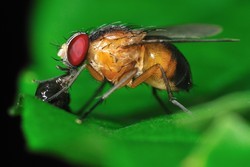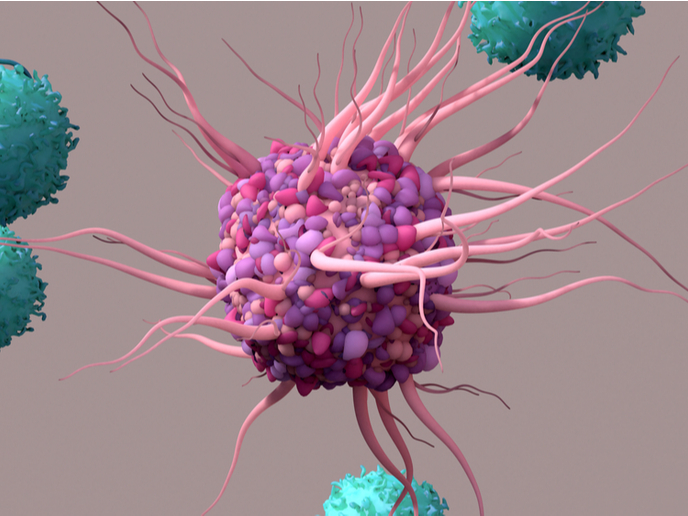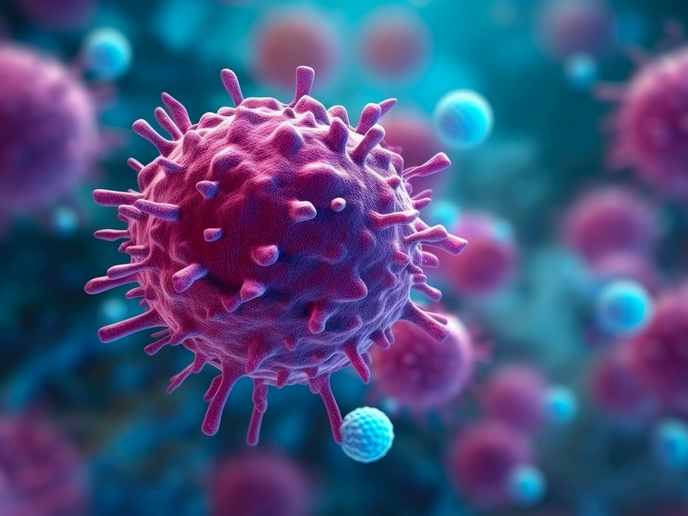Integrated brain function of the fruit fly
The FLIACT (Systems neuroscience of Drosophila: from genes to circuits to behaviour) was the first initial training network (ITN) dedicated to the study of systems neuroscience in the fruit fly Drosophila melanogaster. FLIACT intended to advance the understanding of the genetic basis of innate and acquired behaviours. It explored molecular and cellular mechanisms directing sensory navigation, social behaviours and the modulation of innate response by internal states. Fellows from the network developed cutting-edge tools and paradigms to clarify important brain functions such as perceptual decision making. To measure social behaviour in adult flies, the FLIACT fellows developed animal tracking software to monitor the interactions between multiple flies. A spherical treadmill was built to tether single flies and to measure their orientation after being subjected to controlled odorant stimuli. A device that combines automatic tracking and controlled odour delivery, and 2-photon-imaging called Flywalk was used to investigate the role of interneurons of the olfactory system in the release of attractive and repulsive behavioural responses. To find food, Drosophila navigates using vision and smell. The FLIACT fellows attempted to explain visual responses based on a characterisation of the response properties photoreceptors to light of different wavelengths. In the adult, synaptic partners of dorsal neurons in the visual system were mapped. At the larval stage, Drosophila strongly relies on the detection of graded chemical stimuli — gradients — to forage. Within FLIACT, a closed-loop tracker was built to define the principle underlying the conversion of optogenetic-controlled sensory signals into motor output. Significant steps were made in mapping the neural pathway participating in this conversion process. Behavioural responses are inherently adaptive. FLIACT fellows found that egg production in fertilized females dramatically increased the appetite of female flies for sodium. They also found that mating modulates taste processing to initiate feeding on salt. On a longer evolution timescale, behaviours adapt during speciation. FLIACT fellows screened Drosophila species for striking differences in odour preferences. The D. suzukii species was found to lay eggs on fresh ripe fruits whereas other species prefer rotting fruits. Results produced by FLIACT fellows suggest that this shift is due to changes in the peripheral chemosensory system. Over the past decades, Drosophila has proved to be an excellent model for human diseases. Amyloid beta is the main component of plaques in Alzheimer's disease. Mutants for the amyloid beta peptide were tested in the olfactory system of larvae. Remarkably these mutants showed similar orientation problems to humans with early stages of neuro-degeneration, thereby providing a proof-of-principle that screens in Drosophila could be used to develop drugs against diseases such as Alzheimer's. Throughout the duration of the FLiACT network (2011-2015), the researchers and fellows displayed a high interest in public engagement and science outreach. Dissemination activities organised by FLIACT included an international summer school in Lisbon, a workshop in Ghana, and the development of a game-based App (for Apple and Android) for everyone. FLIACT hopes to have promoted a deeper appreciation of the public for the potential Drosophila has for research in basic and applied neuroscience.
Keywords
Brain function, Drosophila melanogaster, perception, cognition, FLIACT, neurodegeneration







